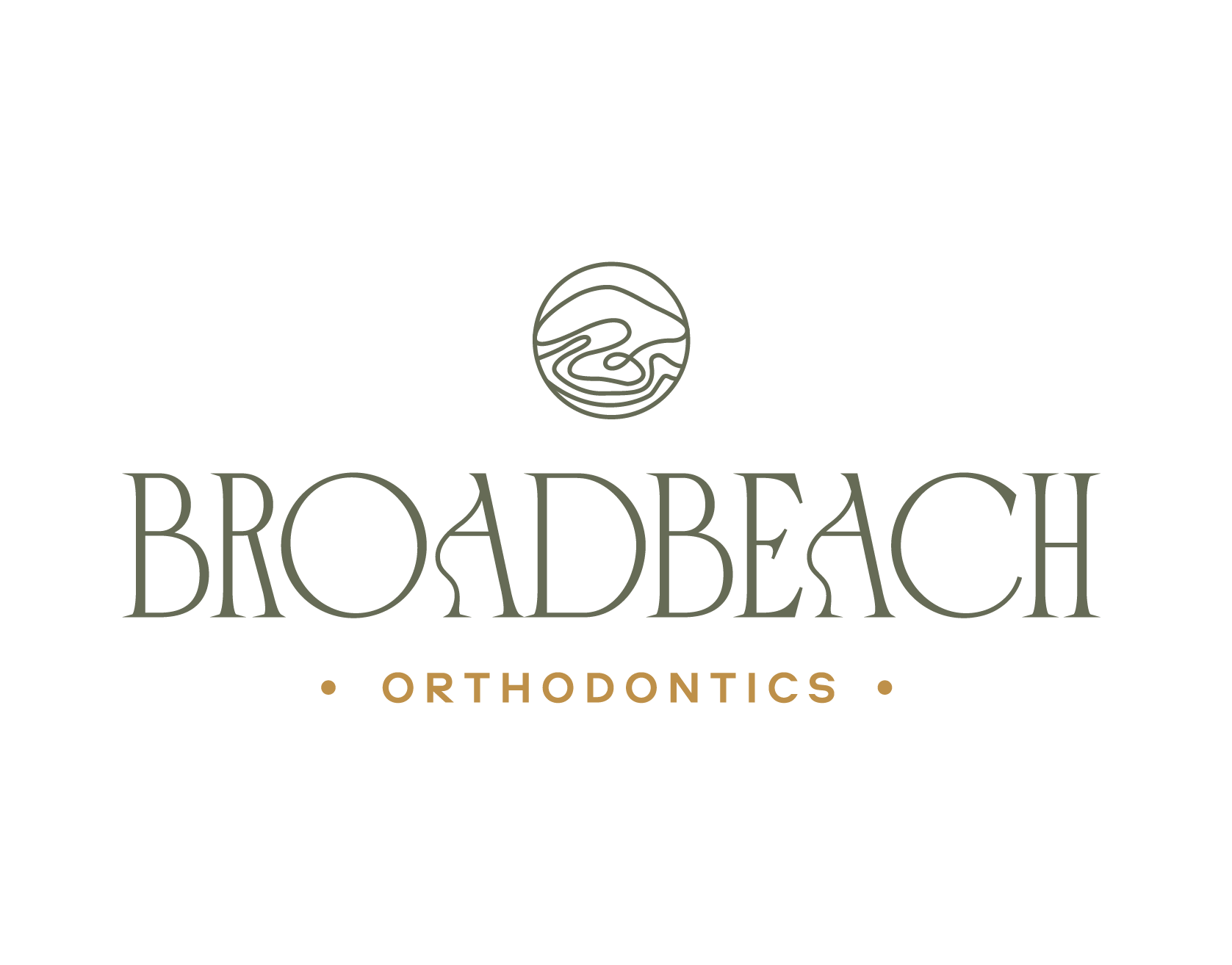Determining whether you could benefit from orthodontic treatment involves assessing various factors related to your oral health, bite alignment, and overall dental aesthetics. Here are some signs and indicators that orthodontic treatment might be beneficial for you:
Signs You Might Benefit from Orthodontic Treatment
- Crooked or Crowded Teeth
- Visual Check: If your teeth are misaligned, crooked, or overlap, this could indicate that orthodontic treatment could help straighten them and improve your smile.
- Gaps Between Teeth
- Spacing Issues: Gaps or spaces between your teeth might suggest that orthodontic treatment could help close these spaces and improve the alignment of your teeth.
- Overbite or Underbite
- Bite Alignment: An overbite (when the upper teeth significantly overlap the lower teeth) or an underbite (when the lower teeth protrude beyond the upper teeth) can impact both function and appearance. Orthodontics can correct these issues for a more balanced bite.
- Cross-bite
- Teeth Alignment: A cross-bite occurs when some of your upper teeth are positioned inside your lower teeth. This misalignment can lead to wear and tear on your teeth and gums and could benefit from orthodontic correction.
- Open Bite
- Gap in Bite: An open bite happens when the front teeth do not touch when you close your mouth, leaving a gap. This can affect chewing and speaking, and orthodontics can help close this gap.
- Jaw Pain or Discomfort
- Functional Issues: Persistent jaw pain, clicking, or discomfort while chewing can be symptoms of misalignment or bite issues that may be corrected with orthodontic treatment.
- Difficulty with Oral Hygiene
- Cleaning Challenges: Misaligned or crowded teeth can make it difficult to brush and floss effectively, leading to potential dental problems. Orthodontic treatment can help improve your ability to maintain good oral hygiene.
- Speech Difficulties
- Articulation Issues: If you experience difficulty with certain sounds or articulation due to dental alignment issues, orthodontic treatment may help improve speech clarity.
- Aesthetic Concerns
- Cosmetic Considerations: If you are unhappy with the appearance of your smile due to misaligned teeth or an irregular bite, orthodontic treatment can help enhance your smile and boost your confidence.
- Previous Dental Work
- Restorations: If you’ve had dental work like crowns or fillings that are now affected by shifting teeth, orthodontic treatment might help maintain the longevity and effectiveness of these restorations.
How to Determine If Orthodontic Treatment Is Right for You
- Consultation with an Orthodontist
- Professional Evaluation: The first step is to schedule a consultation with an orthodontist. They will assess your dental and skeletal structure, evaluate your bite, and discuss your concerns and goals.
- Comprehensive Examination
- Diagnostic Records: Your orthodontist may take diagnostic records, including X-rays, photographs, and impressions of your teeth, to create a detailed treatment plan.
- Treatment Options Discussion
- Personalised Plan: Based on your evaluation, the orthodontist will recommend the best treatment options for your specific needs. They will explain the benefits, duration, and cost of different treatments, such as braces or clear aligners.
- Consideration of Overall Health
- Health Factors: Your orthodontist will also consider any overall health factors, including gum health and dental hygiene practices, to ensure that you are a good candidate for treatment.
Conclusion
If you experience any of the signs mentioned above or have concerns about your dental alignment and bite, consulting with an orthodontist is a crucial step. They will provide a thorough evaluation and determine whether orthodontic treatment can benefit you. Orthodontics can improve both function and aesthetics, contributing to better oral health and a more confident smile.





